Module 9: The Role of the Shelter Veterinarian
Shelter Medicine: A Rising Tide
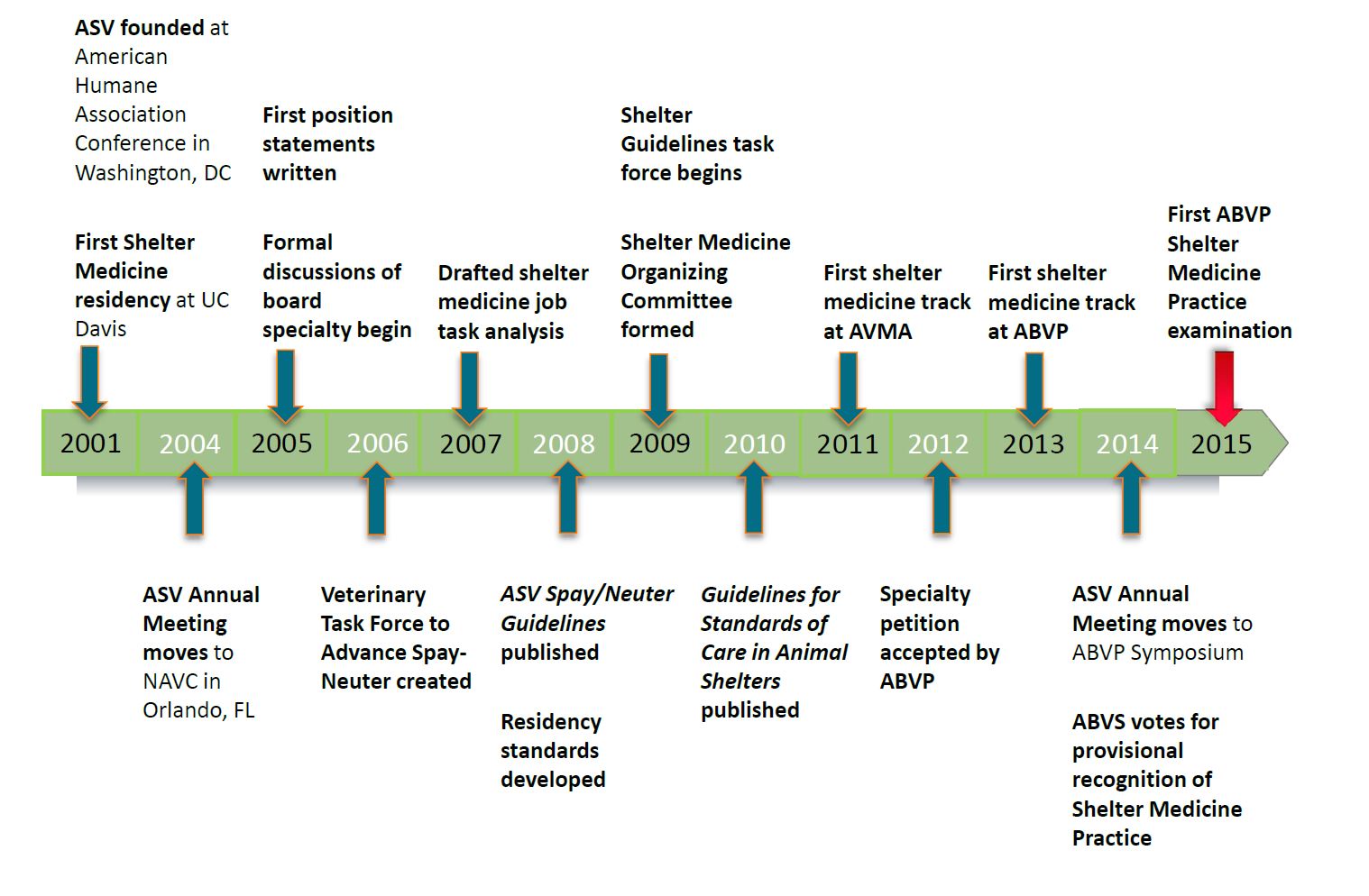
In 2001, a small group of passionate veterinarians came together to found the Association of Veterinarians (ASV) and to develop the first continuing education meetings for this unique discipline. That was also the year the first residency in Shelter Medicine started at UC Davis. Five years later, a decade-long process to establish a formal specialty recognized by the American Veterinary Medical Association was undertaken.
Less than two decades later, the AVMA’s most recent market report indicated that Shelter Medicine has vaulted to one of the top career interests in the national pool of veterinary school applicants for the Class of 2020 in the VMCAS system.
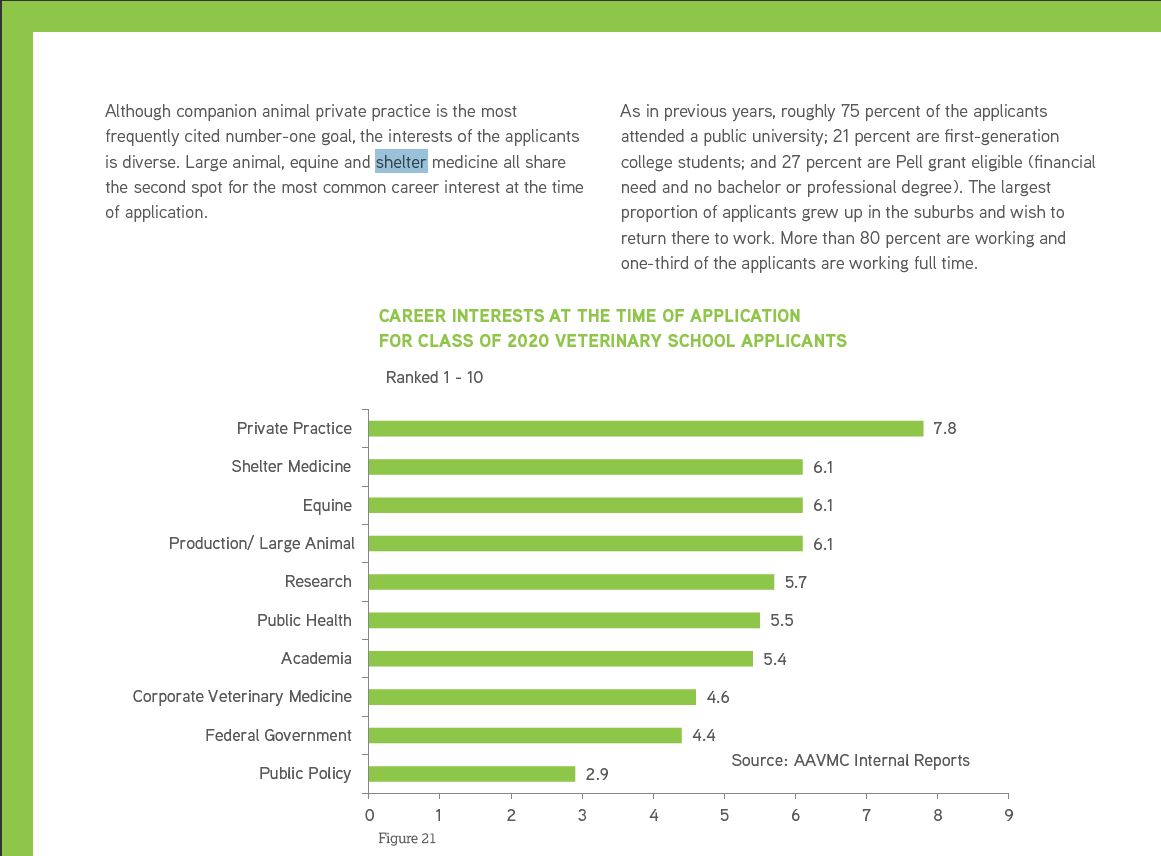
The ASV is a vibrant international member-driven professional association dedicated to enhancing best practices in shelters, spay/neuter clinics, and other animal welfare organizations though continuing education, professional development, discussion groups, research, board specialization, position statements, and practice guidelines that define standards of care.
The Association of Shelter Veterinarians
Guidelines for Standards of Care in Animal Shelters has become the bedrock guidance for best practices in animal shelters. In addition to its original English version, it has also been translated into Spanish, French, and Portuguese.
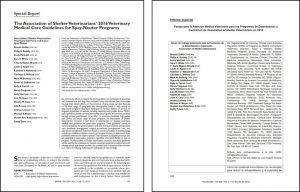
Association of Shelter Veterinarians’ 2016 Veterinary Medical Care Guidelines for Spay-Neuter Programs established the standard of care for high quality, high volume spay-neuter (HQHVSN). It has also been translated into Spanish.
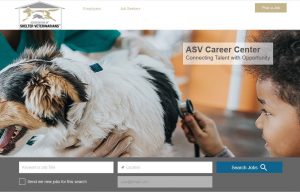
The ASV Career Center is a service for members and non-members where qualified shelter veterinarians can connect with great organizations who seek their talents and skills. Candidates can browse current vacancies, post an anonymous resume and create new job alerts. Employers can post a job or browse the resume bank to find the right candidate.
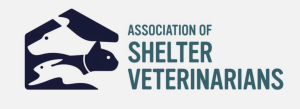
The ASV Member Discussion private Facebook group has more than 800 veterinarian and veterinary student members who share case challenges, protocols, and how-to surgical videos.


